
Across a key East Coast region, a silent danger flows quietly in the waters that sustain hundreds of thousands of people. This unseen contaminant challenges long-held beliefs about water safety and industrial responsibility. While the rivers appear murky and calm, beneath the surface lies a chemical threat that could reshape how communities view their environment and health.
The presence of this chemical raises urgent questions about what is truly safe in our water and how industry practices may be impacting public well-being in ways not yet fully understood or acknowledged.
The Stakes: Nearly a Million at Risk

This issue extends far beyond local boundaries. Nearly 900,000 residents in central North Carolina rely on three major rivers the Haw, Deep, and Cape Fear for their drinking water. Now, these vital waterways are contaminated with 1,4-dioxane, a chemical linked to serious health risks nationwide.
The potential exposure threatens communities from Asheboro to Wilmington, putting a vast population at risk of long-term health consequences. The scale of this contamination highlights the urgent need for awareness and action to protect drinking water sources that millions depend on daily.
Rivers as Lifeblood: A Nostalgic Legacy

For generations, the rivers of the Cape Fear Basin have been central to community life providing water for drinking, recreation, and supporting local economies. Small towns and cities grew around these waterways, which symbolized natural beauty and sustenance.
However, recent industrial activities and legal decisions have shifted this legacy, introducing pollutants that threaten the health and heritage of these communities. The rivers that once represented life and vitality now carry a chemical burden that endangers the very people who have depended on them for decades.
Economic Pressures vs. Environmental Health
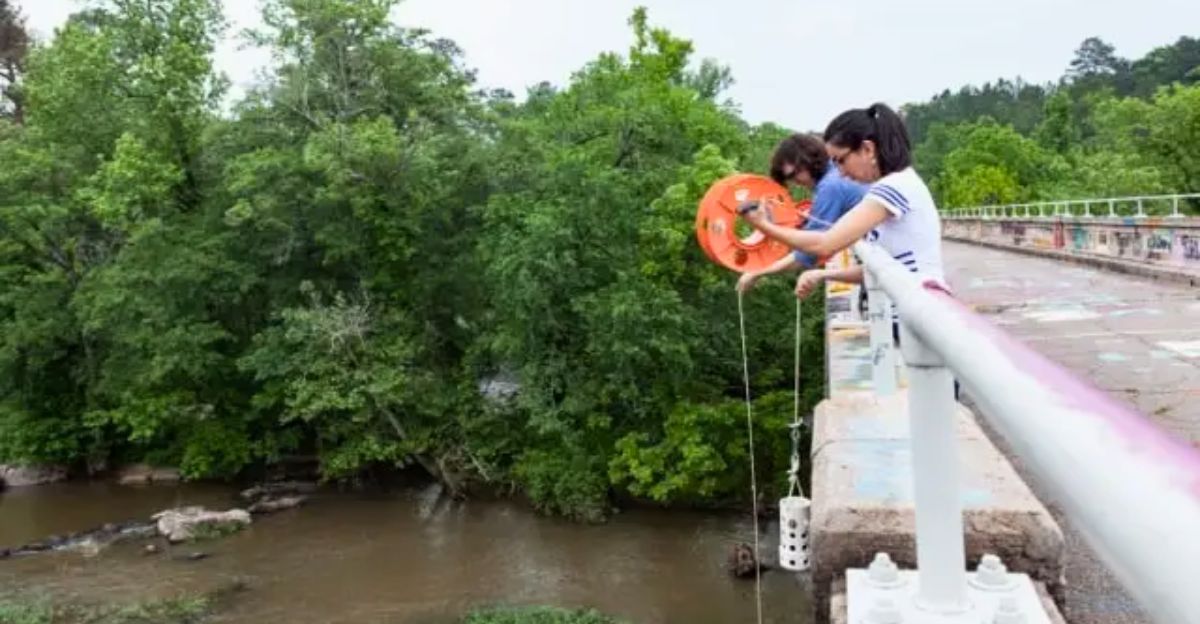
Municipalities like Asheboro, Greensboro, and Reidsville face intense pressure from manufacturers and economic interests to accept industrial wastewater. These cities have allowed increased discharges of 1,4-dioxane, arguing that such measures are necessary to support local business and job markets. Yet, this economic rationale comes at a significant environmental and public health cost.
The wastewater treatment plants are not equipped to remove this chemical, meaning it passes directly into rivers and eventually into drinking water supplies. This conflict raises critical questions about balancing economic development with community health.
The Core Fact: Legal Dumping of a Likely Carcinogen
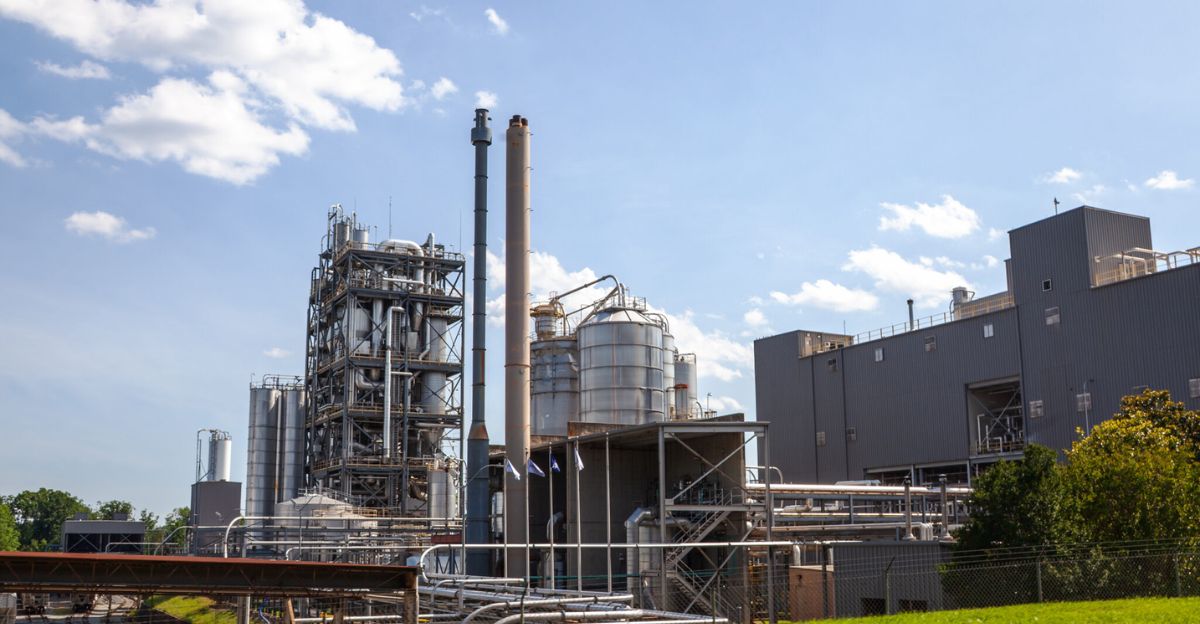
The chemical 1,4-dioxane, classified by the EPA as a likely human carcinogen, is being legally discharged into three key rivers in North Carolina: the Haw, Deep, and Cape Fear rivers. These rivers serve as drinking water sources for approximately 900,000 people downstream.
Despite its classification and associated health risks including potential cancer and organ damage municipalities continue to accept and release wastewater containing this chemical. Environmental groups have filed lawsuits to stop this practice, underscoring the tension between legal permissions and public safety.
Regional Impact: Communities on the Frontline

Cities such as Asheboro, Greensboro, and Reidsville are central to this issue, as their wastewater plants discharge 1,4-dioxane into waterways feeding drinking water systems. This contamination affects a broad area, including downstream communities from Sanford to Wilmington.
Residents face exposure risks because conventional water treatment methods cannot effectively remove 1,4-dioxane, allowing the chemical to enter homes, schools, and businesses. The human impact is profound, with families and children directly exposed to this invisible threat in their daily lives.
Industrial Contributors and Pollution Cycles
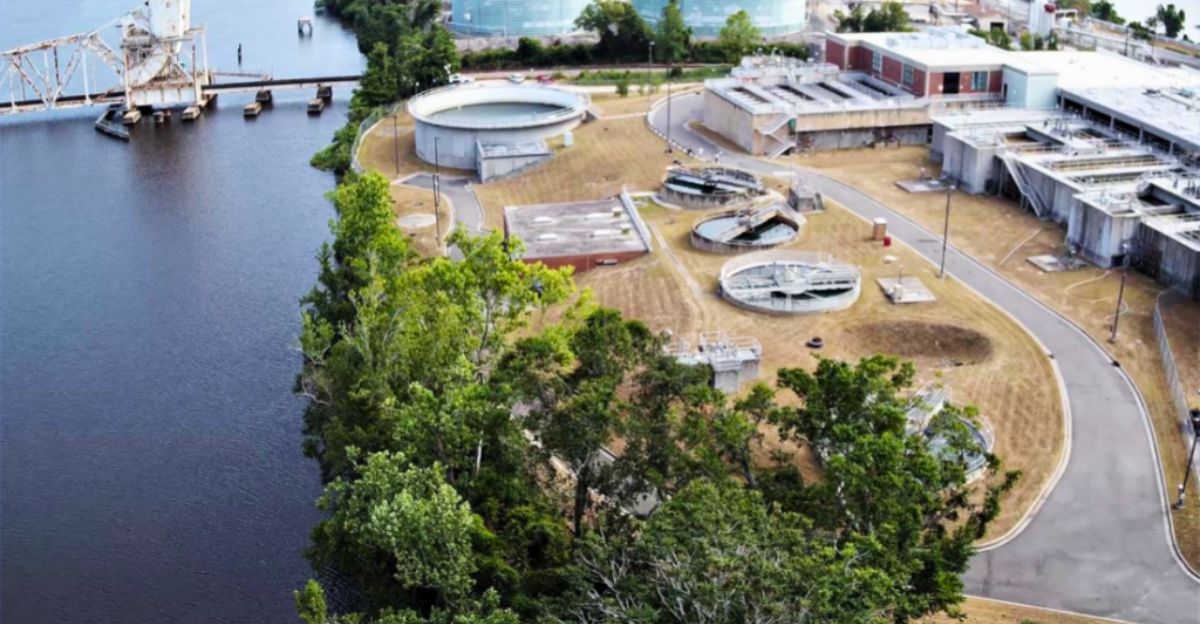
Industrial customers, notably plastics manufacturers like StarPet and landfills such as Great Oak, send wastewater laden with 1,4-dioxane to municipal treatment plants. Asheboro’s wastewater facility, located just miles from the StarPet factory, processes this contaminated water, which then flows untreated into rivers.
This creates a cycle where industrial pollution is funneled through municipal systems ill-equipped to filter out dangerous chemicals, perpetuating environmental contamination and public health risks. The collaboration between industry and municipalities highlights systemic challenges in pollution control.
Regulatory Battles and Competing Interests
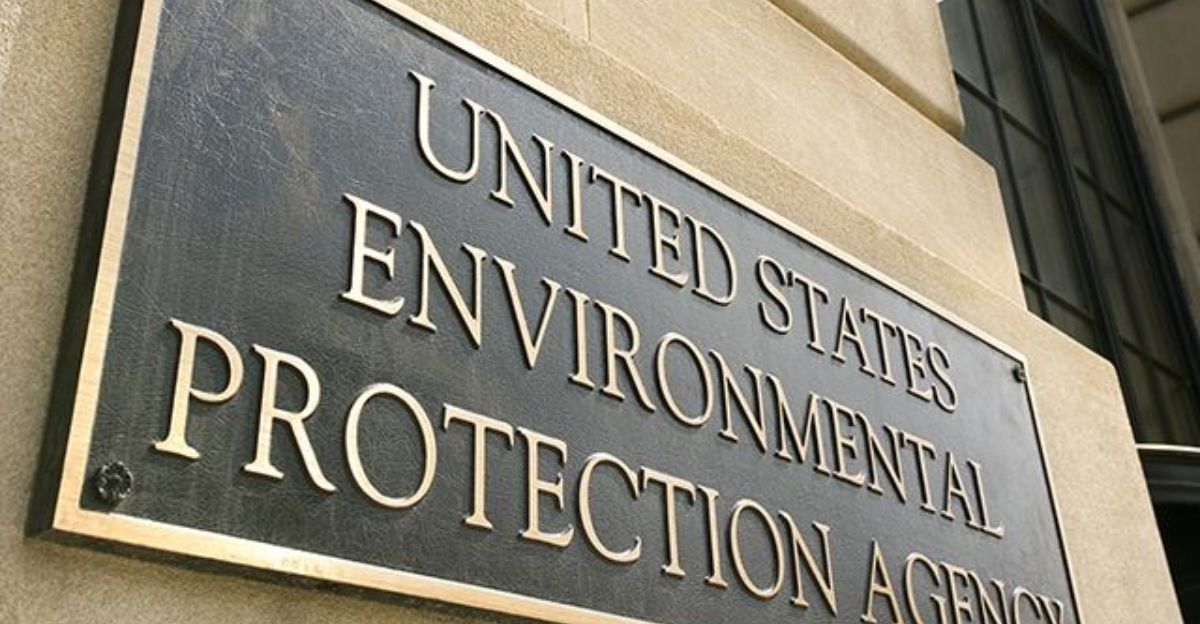
The situation has sparked legal and regulatory conflicts. While some industries lobby for relaxed regulations to protect profits, environmental groups and regulators advocate for stricter controls on 1,4-dioxane discharges. Lawsuits filed by environmental nonprofits challenge the legality of current discharges, and the EPA has intervened to push for tighter pollution limits.
However, court rulings have sometimes sided with municipalities and industries, creating regulatory uncertainty. This ongoing tug-of-war reflects broader tensions between economic interests and environmental health protections.
Shifting Consumer Awareness and Industry Pressure

As public awareness of water contamination grows, consumer demand increasingly favors sustainable and safe environmental practices. Industries associated with toxic chemical discharges face mounting pressure to change operations or risk reputational and economic damage.
This shift is influencing local economies and urban landscapes, as communities advocate for cleaner water and healthier environments. The evolving consumer mindset may drive future policy changes and industrial reforms in affected regions, signaling a potential turning point in environmental accountability.
Looking Forward: The Future of Water Safety
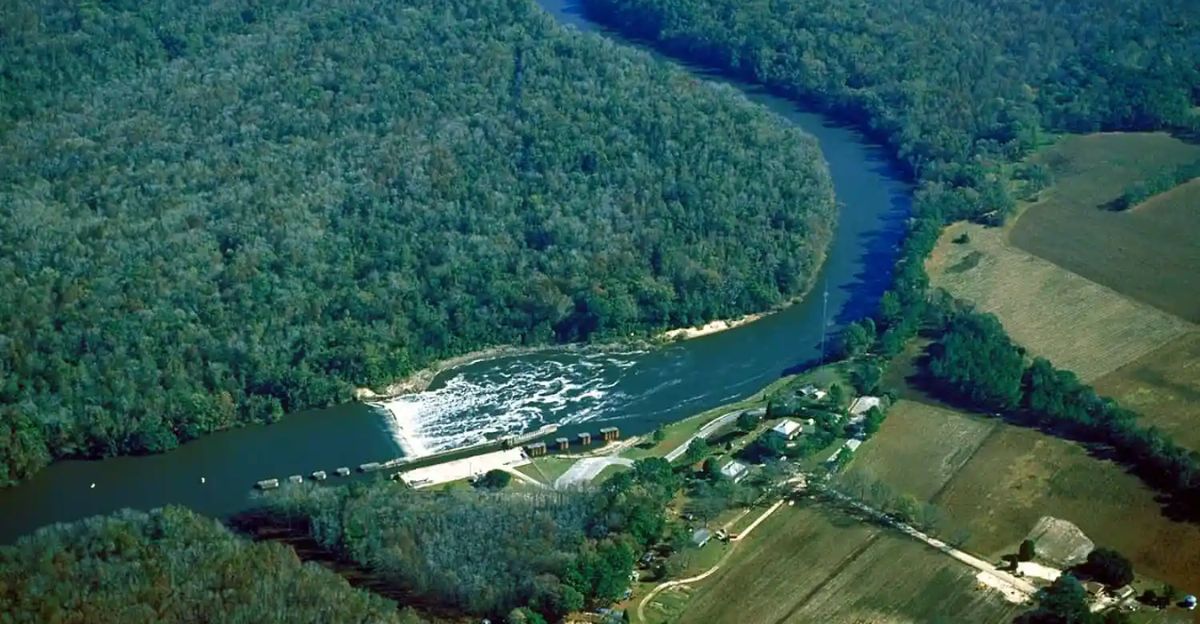
With the EPA reconsidering pollution limits and communities demanding safer water, the fate of these rivers and the health of nearly a million people remains uncertain. Investments in advanced water treatment technologies are underway in some areas, but the challenge is immense.
The balance between protecting public health and supporting economic interests will shape policy decisions in the coming years. The question remains: will stronger environmental protections be implemented in time to safeguard these vital water sources and the communities that depend on them?







